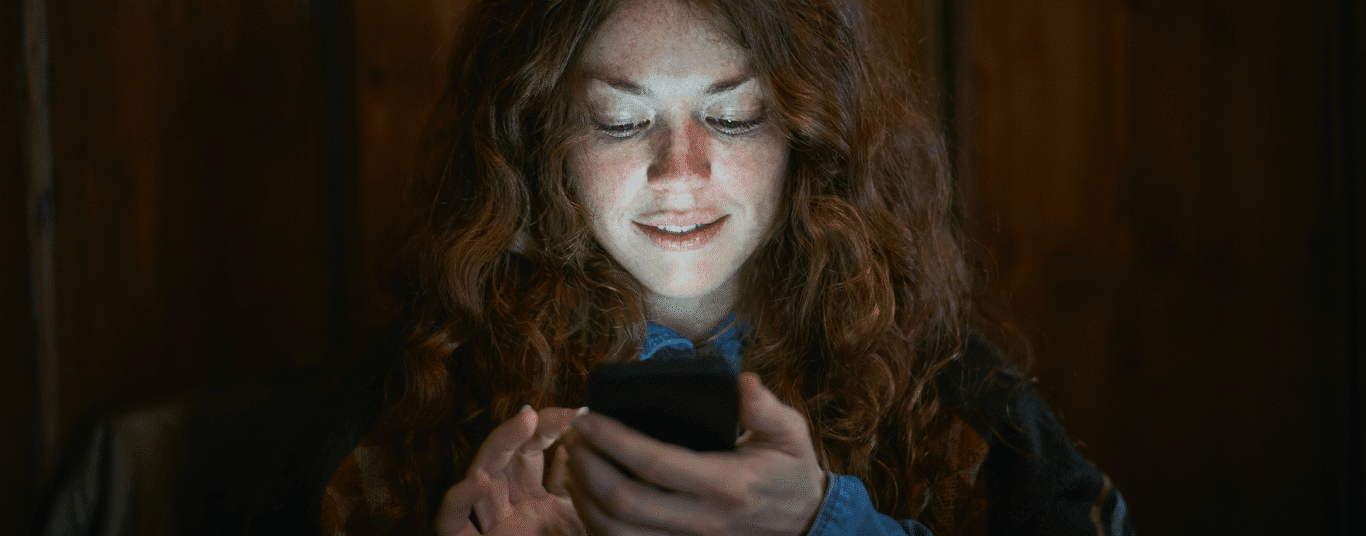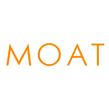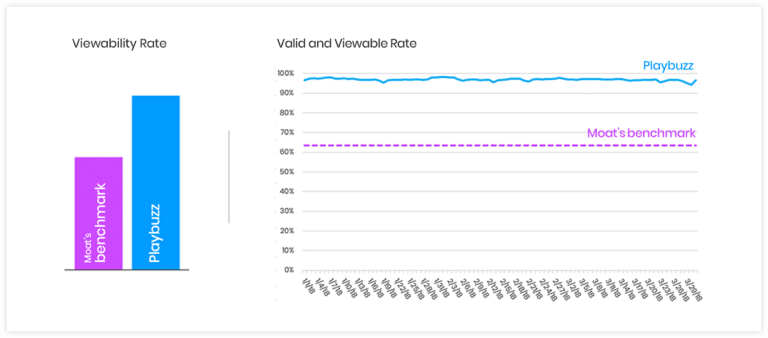
How EX.CO Managed to Prove 97% Viewability via Partnership With Moat

Goal: Increase transparency and viewability of ad performance
Results by the numbers
97%
Viewability of in-item video ads
70%+
Guaranteed viewability to ad partners
The Moat integration ultimately showcased EX.CO Channels’ 97% viewability of in-item video ads, outperforming Moat’s benchmark by 62%. EX.CO is able to reach such high viewability rates thanks to the engaging nature of EX.CO-powered content. EX.CO now guarantees, and consistently exceeds, 70%+ viewability to all advertiser partners, in line with GroupM’s standards.

The Challenge
One of EX.CO’s top priorities is to assure advertisers that their ads will achieve high viewability across all EX.CO inventory, and that a large percentage of their video ads will be played in-view.
With attention being a scarce resource, we aimed to partner with a well-known third-party measurement software company to prove that highly engaging content garners both higher attention and viewability.
The Solution
EX.CO partnered with Moat to measure its inventory’s viewability and as a result, was able to parse data across all owned video content and ad units. This included implementing Moat’s pixel on all EX.CO-powered pages in order to fully scan all inventory.
What is Moat?
Moat, Inc. develops Software-as-a-Service analytics solutions for brand advertisers and publishers. It offers Moat Analytics, an attention measurement platform that provides analytics and insights on ad campaigns and Website inventory for publishers and advertisers; and Moat Pro, a real-time ad intelligence platform for marketers, publishers, and agencies. Its Moat Pro also enables users to visualize the direct and programmatic relationships between brands, publishers, networks, and programmatic execution platforms; and provides brand alerts, voice trends, and instant prospecting reports.